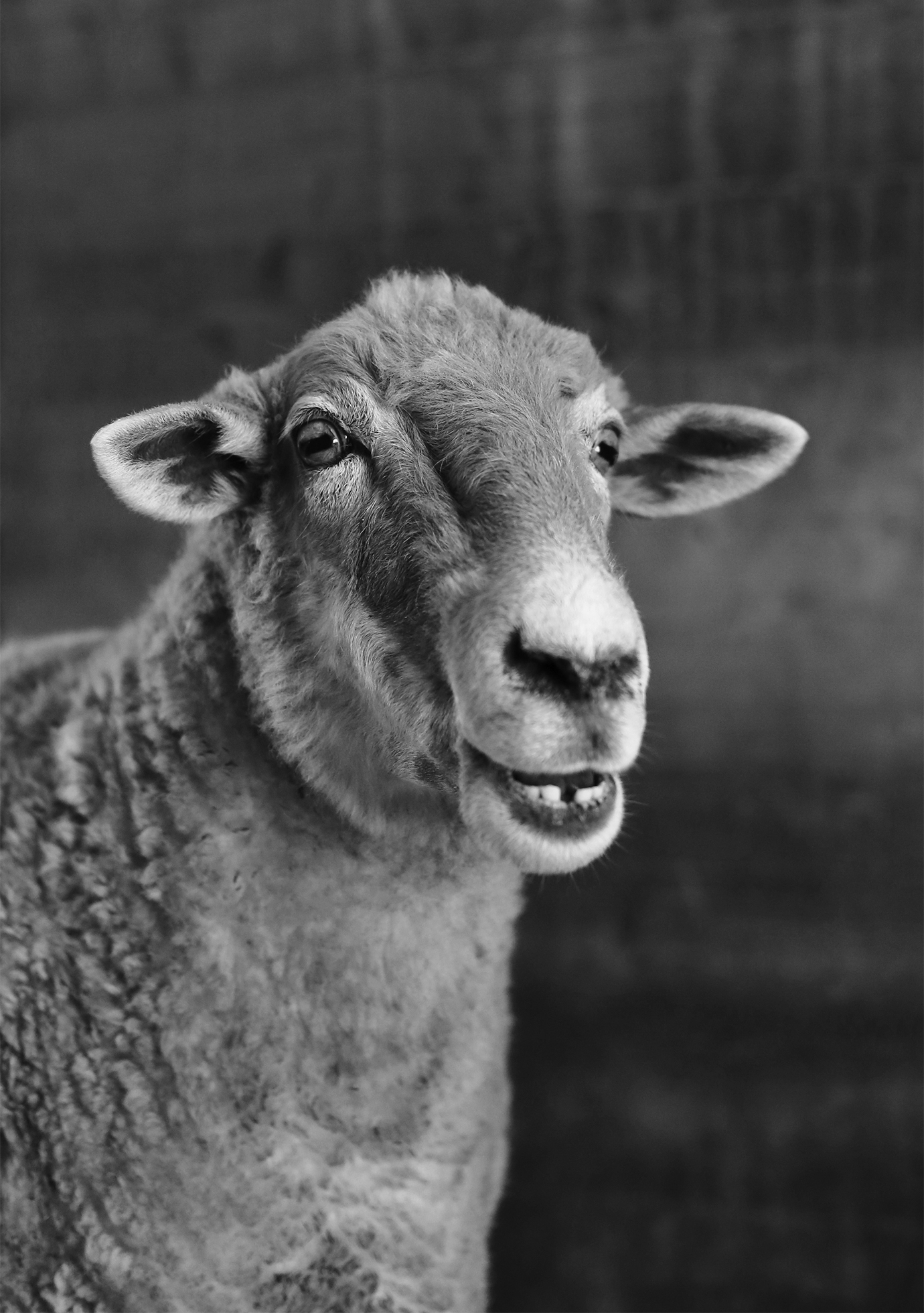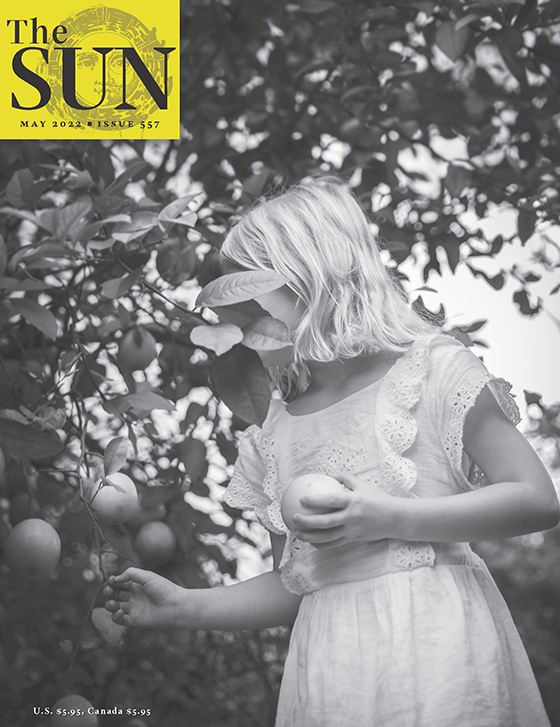Mid-March marks the beginning of the lambing calendar here in this border valley between England and Wales — 3,500 miles from Bucks County, Pennsylvania, where I was born. The ewes have to be checked every four hours when they’re due: first thing in the morning, midday, midafternoon, evening, eleven at night, and three in the morning. Then the cycle repeats.
The most dreamlike check is the last shift: 3 AM, in the middle space between night and morning, winter and spring, conception and life, awake and asleep. Often in March a fog settles like a blanket over the River Teme. We — my husband Byron, our flock, and I — live halfway up a hill, sometimes just above the fog, sometimes inside it. Some mornings the mist is so thick a flashlight barely manages to catch silhouettes of the sheep in the darkness, and I don’t see a ewe until I’m nearly standing on top of her, or until an overfriendly one comes up in the heavy fog and breathes on my hand. It’s so dark, even standing beside me she is only a shadow, blurred at the edges like a photograph taken with unsteady hands.





